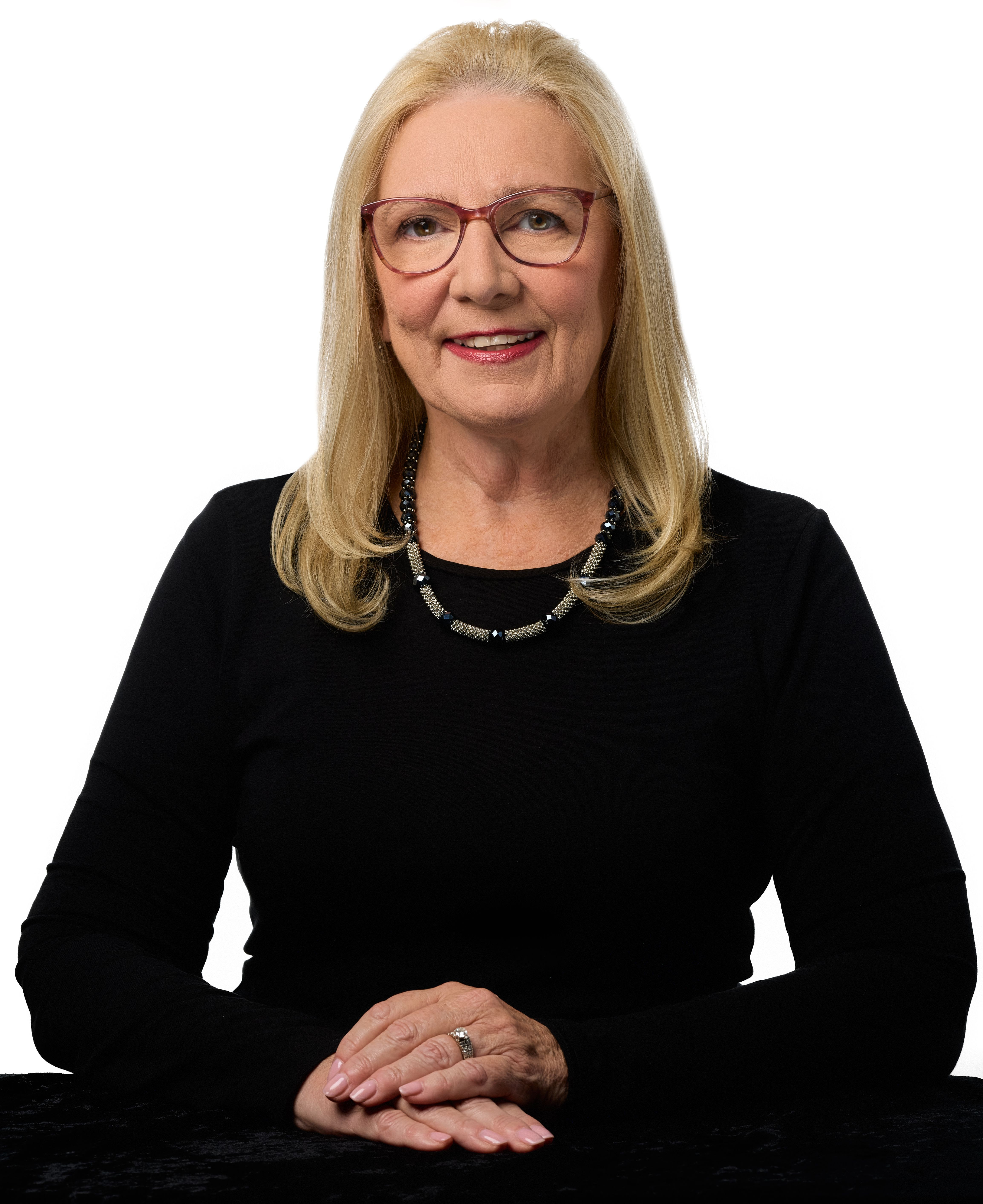 Larry Fink, chief executive officer of BlackRock, during the 2025 National Retirement Summit in Washington, DC, on March 12, 2025. Photo: Al Drago/Bloomberg
Larry Fink, chief executive officer of BlackRock, during the 2025 National Retirement Summit in Washington, DC, on March 12, 2025. Photo: Al Drago/Bloomberg
Larry Fink, CEO of BlackRock, the world’s largest asset management firm with more than $11 trillion in assets under management in 2024, argued that retirement plan access needs to be expanded and, more specifically, 401(k) plans should invest more in private assets, in his annual letter to investors.
“Private assets like real estate and infrastructure can lift returns and protect investors during market downturns,” he said. “Pension funds have invested in these assets for decades, but 401(k)s haven't. It’s one reason why pensions typically outperform 401(k)s by about 0.5% each year.
Recommended For You
“BlackRock estimates that over 40 years, an extra 0.5% in annual returns results in 14.5% more money in your 401(k). It’s enough to fund nine more years of retirement, helping you stop working on your own terms. Or, put another way, private assets just bought you nine extra years hanging out with your grandkids.”
“If private assets perform so well, why aren't they in your 401(k)?” asked Fink. While a pension plan affords retirees a “steady paycheck,” he said, a 401(k) retirement savings plan “doesn’t come with instructions.”
In 2024, BlackRock attempted to fix this dilemma by launching LifePath Paycheck, which provides regular payments similar to pensions to participants. The new fund offers access to guaranteed income through a target date fund, allowing DC plans to switch some of an enrollee's investments into an annuity at age 55. The allocation can then grow to 30% of the portfolio by age 65.
While this new in-plan annuity is becoming more popular for employers to offer in their 401(k)s, “investing still isn’t even an option” for millions of Americans, said Fink.
Because “a third of the country has no retirement savings at all. No pensions, no 401(k)—nothing,” he said, he offers three ways that lawmakers and employers should start addressing this retirement crisis:
No. 1: Expand emergency savings: SECURE 2.0 “allows workers to save up to $2,500 in emergency accounts linked to retirement plans, including employer matching and easy withdrawals. But it's just a start,” said Fink. “We can simplify the rules further, raise contribution limits, and enable automatic enrollment in standalone emergency accounts.”
No. 2: Close the small business 401(k) gap: “Half of Americans work for small businesses, yet nearly half those businesses offer no retirement plan …,” he said. “States experimenting with incentives have driven up 401(k) adoption and employee savings. Policymakers can lean in more here, helping small businesses offer plans and auto-enroll workers.”
No. 3: Help people start investing earlier: Many state and federal policymakers have proposed “opening an investment account for every American child on the day they’re born …,” he said. “The real payoff isn’t just financial—it’s foundational. When people own a piece of the economy, they don’t just benefit from growth; they believe in it.”
Related: 401(k) lifetime income solutions: Is now the time for employers to offer new in-plan ‘annuity’ options?
“Many 401(k) providers haven't yet adapted to this evolving financial landscape” of investing in private assets like real estate or infrastructure,” said Fink. “Asset managers, private-market specialists, consultants, and advisors all play a role in guiding 401(k) providers.”
In addition, employers need to offer “solutions that turn their [employees’] savings into predictable income,” he said. “This way, every American can retire with confidence.”
“Unlocking private markets” is key, said Fink. That's why his firm has committed almost $30 billion in the past year to acquisitions in that area.
© 2025 ALM Global, LLC, All Rights Reserved. Request academic re-use from www.copyright.com. All other uses, submit a request to [email protected]. For more information visit Asset & Logo Licensing.








